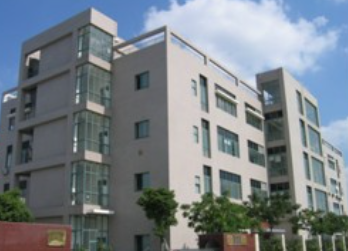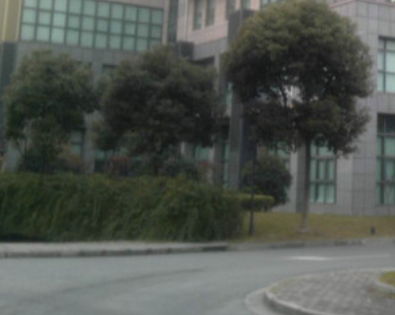同时,该期刊发表观点文章‘Big molecules build small’: Actinomycete bacteria are prolific producers of bioactive small molecules such as polyketide antibiotics. These molecules are built by the addition of short carbon units to a growing, protein-tethered chain, either iteratively as in fatty acid synthesis or in a modular fashion by a hand-off from one distinct enzyme complex to the next. Bagde et al. and Cogan et al. report structures of polyketide synthase modules in action, taking advantage of antibody stabilization of one of the domains. Both groups visualized multiple conformational states and an asymmetric arrangement of domains, providing insight into how these molecular assembly machines transfer substrates from one active site to another. —MAF



德克萨斯大学Chu-Young Kim课题组等通过冷冻电镜揭示抗生素Lasalocid A生物合成聚酮合酶Lsd14采取不对称构象进行转酰基和缩合过程,Lsd14包含两个反应室,但 Lsd14中只有一个反应室具有完整的催化结构域,表明在任何时间内只有一个反应室产生聚酮化合物产物。该模型中(DD-KS-LD-AT)2是静态的,而(DE-KR-ACP)2以DE为支点通过摆动在两个反应室之间穿梭,促使两个反应室非同时使用。作者推测第I室进行延伸单元的酰基转移、聚酮链延伸和β-酮基还原,而第II室随着来自上游聚酮链延伸发生酰基转移。接下来,(DE-KR-ACP)2向另一侧摆动并进行与刚刚在第I室完成的相同反应,本文研究为未来重新编程聚酮合酶装配线进行药物研发奠定基础。

Science 374, 723–729 (2021)

Science 374, 723–729 (2021)


Science 374, 723–729 (2021)







